Request Demo
Last update 08 May 2025
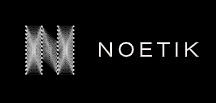
Noetik, Inc.
Last update 08 May 2025
Overview
Related
100 Clinical Results associated with Noetik, Inc.
Login to view more data
0 Patents (Medical) associated with Noetik, Inc.
Login to view more data
1
Literatures (Medical) associated with Noetik, Inc.21 Apr 2025·Cancer Research
Abstract 3652: Celleporter: a foundation model of cell and tissue biology with application to patient stratification and target discovery
Author: Cavalcante, Lucas ; Bear, Daniel ; Tea, Joy ; Schiemann, Rob ; Dhainaut, Maxime ; Antonio, Dexter ; Xie, Yubin ; Siefkas, Eric ; Margalit, Eshed ; Van Hensbergen, Tyler ; Virani, Shafique ; Schmidt, Jake ; Mavropoulos, Anastasia ; Kaplan, Hargita ; Padron, Lacey ; Collins, Rodney ; Alfa, Ron ; Guo, Yu Phoebe ; Fernandez, Francis ; Ebeling, Carl ; Meister, Michela ; Snell, Nicole ; Decalf, Jérémie ; Rinaldi, Jacob
3
News (Medical) associated with Noetik, Inc.15 Nov 2023
SAN FRANCISCO--(BUSINESS WIRE)-- Noetik, an AI-native biotechnology company leveraging advanced machine learning and proprietary data to discover and develop precision cancer immunotherapies announces the pairing of their multimodal human data atlas with an innovative in vivo functional genomics platform to power the development of precision cancer immunotherapies. The platform builds on Perturb-map, a groundbreaking spatial functional genomics technology that allows pooled parallel analysis of hundreds of genetically modified tumor clones in a single experiment. Noetik’s platform will evaluate the impact of genetic variants at an unprecedented in vivo scale. The company is currently generating an initial dataset of >650 mutations in a preclinical model of lung cancer, including pharmacological perturbations.
This press release features multimedia. View the full release here:
Perturb-map deciphers the impact of genetic perturbations on the tumor phenotype. A. Selected images from a high-plex (25+) immunofluorescence profiling of a mouse lung lobe carrying multiple cancer lesions. (Left Panel) Each tumor lesion carries a specific genetic perturbation, identified with Perturb-map. (Right Panel) This image highlights the immune composition of each tumor – a subset of the phenotypic panel used to characterize tumor phenotypes. B. Magnification of the squared area from (A). The symbols (arrow, arrowhead and star) highlight corresponding tumors, visualized based on the perturbation (upper panel) or immune cell infiltration (lower panel). (Photo: Business Wire)
“Functional genomics has been invaluable to annotate genes’ function,” says Maxime Dhainaut, Ph.D. the Director of Spatial Functional Genomics at Noetik, who developed Perturb-map in the laboratory of Brian Brown, Ph.D., at the Icahn School of Medicine at Mount Sinai, “but current approaches struggle to perform gene interrogation at scale in a biologically relevant context. High throughput in vivo screens are incompatible with cell phenotyping, and high content phenotypic screens are mostly restricted to in vitro models that seldom recapitulate complex immune biology. The ability to resolve perturbations directly in the tissue, preserving the spatial context, is going to be transformative. Not only will we dramatically increase the throughput of phenotypic characterization of perturbations in vivo, but we can begin to identify genetic programs that orchestrate the complex spatial architecture of the tumor.”
Noetik is also proud to announce that Dr. Brown, Director of the Icahn Genomics Institute and Associate Director of the Marc and Jennifer Lipschultz Precision Immunology Institute at Icahn Mount Sinai, has joined the Noetik Scientific Advisory Board. “There is an important need for drugs that can remodel the tumor microenvironment, which means we first need to better understand how cells interact and influence each other in a complex tissue environment,” says Dr. Brown. “Noetik understands these challenges and is building impressive infrastructure and datasets to address them.” Dr. Brown will bring his extensive experience in immuno-oncology, genetics, and technology development and will contribute to Noetik’s pipeline of innovative precision immunotherapies.
Jacob Rinaldi, Ph.D, CSO & Co-Founder, Noetik emphasized: “Existing preclinical models poorly replicate human cancer biology, and cannot reveal more complex phenotypes at scale. Building on Perturb-map, we are developing a system to test complex functional genetics and pharmacological hypotheses at scale - creating iterative feedback between machine learning models of human disease and causal interventions in vivo. This is what the future of drug discovery will look like.”
About Noetik
Noetik is an AI-native biotechnology company. By harnessing the potential of self-supervised learning and human multimodal data, Noetik aims to discover better precision immunotherapies. The company is based in San Francisco, CA. For more information, visit .
Disclosure
Dr. Brown will receive compensation and equity from Noetik in connection with his advisory role.
Immunotherapy
07 Sep 2023
Biotechnology research continues to churn out new drugs addressing genetic drivers of cancer. While that progress gives patients more treatment options, one limitation of this approach is it takes for granted that we know what target to drug, according to Ron Alfa, CEO of startup Noetik.
The problem becomes more glaring with the rise of immunotherapies. If a drug targets a known cancer-driving mutation such as KRAS or EGFR, a clinical trial can be designed to enroll patients with those tumor mutations, Alfa said. But when it comes to immunotherapies, medicine doesn’t have the same understanding of which patients should respond to treatment.
“We need a new tool that allows us to see these tumors in a different way, in a way that allows us to see the underlying tumor biology,” Alfa said.
Noetik might have that tool. Alfa co-founded the startup with Chief Scientific Officer Jacob Rinaldi. Both are veterans of artificial intelligence drug discovery company Recursion. South San Francisco-based Noetik, whose name is derived from the Greek word for “intellectual,” emerged from stealth on Thursday, backed by $14 million in seed financing.
The research of Noetik starts with tumor samples from patients. Those samples are turned into slides—images that are analyzed by the software. The ultimate goal is to find new cancer targets. But Alfa says the approach is different than the tack taken by some in drug research. The first generation of AI drug discovery relied on humans to tell the AI model where to look, Alfa said. It’s called supervised learning. By contrast, Noetik allows the AI technology to learn directly from the data without being instructed what to look at or what to look for. This approach is called self-supervised learning.
“Our hope is that these models pick up things that the models think are the most relevant and are most biologically relevant, things humans might not think of,” Alfa said.
Alfa worked as head of research at Recursion. Rinaldi was head of oncology. Before Recursion, Rinaldi worked in cancer research at Genentech. The executive team also includes Chief Technical Officer Lacey Padron, who previously worked as the vice president of informatics at the Parker Institute for Cancer Immunotherapy.
Over the years, Alfa said he became interested in the problem of complex biomarkers in tumor biology. Cancer is not driven by a single genetic driver, rather, it stems from multiple factors. Alfa followed the research developments in cancer immunotherapy. What he saw was a disconnect between exciting preclinical data and disappointing results when those therapies reach human testing. He also saw a path to a solution through machine learning.
While Recursion has cancer drug research, Alfa said Noetick is unrelated to anything at his former company. The cancer data that the startup generates and analyzes are different than what Recursion is working with. The tools are different too. Noetik was founded in mid-2022. The startup is not the kind of company that could have come together as recently as a few years ago, Alfa said. In that span of time, the field has made advances in spatial technologies, software that gathers information from pathology specimens, and machine learning. In less than one year, Noetik says it has generated hundreds of terabytes of human data to support its research.
Alfa declined to discuss details about Noetik’s research, but speaking generally he said the technology enables Noetik to see spatial interactions of immune cells and tumors. From these interactions, Alfa said the company is able to see drug targets. While Alfa isn’t disclosing any targets, he said the platform can address different types of tumor biology with multiple drug modalities. The company aims to develop precision immunotherapies.
Noetik’s seed financing was led by DCVC. Other participants in the round include Zetta Venture Partners, 11.2 Capital, Catalio Capital Management, Epic Ventures, Intermountain Ventures, North South Ventures, CJNV BioVentures, Viswa Colluru and Hummingbird Nomads Fund, and Recursion CEO Chris Gibson and Michael Secora, the company’s chief financial officer. Alfa said Noetik will use the capital to expand the team and bring in enough tumor samples for the platform to demonstrate proof of concept.
“Proof of concept is showing that we can train models to understand fundamental tumor biology from these samples and start learning new biological insights,” he said. “I can’t share much. But we’re already seeing we can train models on this information to the point that they’re learning about the biology.”
Photo by Noetik
Immunotherapy
07 Sep 2023
DCVC led the round to support Noetik's mission to redefine cancer drug development using spatial biology and machine learning
Noetik is building one of the largest, most differentiated clinical datasets in the industry to drive precision immune therapies
SAN FRANCISCO--(BUSINESS WIRE)-- Noetik, an AI drug discovery company leveraging machine learning and proprietary human data to develop precision therapeutics in immuno-oncology, announced today that it closed an oversubscribed $14M seed financing round led by DCVC, with participation from Zetta Venture Partners, 11.2 Capital, Catalio Capital Management, Epic Ventures, Intermountain Ventures, North South Ventures, Chau Khuong and CJNV BioVentures, Enveda Founder and CEO, Viswa Colluru and Hummingbird Nomads Fund, and Recursion CEO & CFO, Chris Gibson and Michael Secora.
This press release features multimedia. View the full release here:
Noetik Co-Founders Ron Alfa, M.D., Ph.D., CEO and Jacob Rinaldi, Ph.D., CSO. (Photo: Business Wire)
Noetik has built an industry-defining multimodal tissue profiling platform that combines self-supervised learning with spatial biology to tackle fundamental problems in cancer immunology. In less than 12 months of operations Noetik has generated hundreds of terabytes of human data across a data stack that includes genomics, transcriptomics, and proteomics to enable the development of foundation models for cell and tissue biology.
The funding will support Noetik’s significant internal data generation efforts and the continued development of transformer-based machine learning methods. From these data, the company aims to rapidly initiate target and therapeutics discovery. The funding will also be used to expand Noetik’s team in machine learning, computational biology, and cancer immunology.
“The microscope enabled a view of nature at the cellular level, now advanced AI methods provide us with a view of nature at the systems level. We can integrate molecular, cellular, and tissue information to discover novel therapeutic targets and study patients’ response to immunotherapies. Science has tended to remove complexity and simplify problems for human understanding, but now using modern machine learning we embrace natural complexity to discover more relevant representations of biology,” said Ron Alfa, M.D., Ph.D., CEO & Co-Founder, Noetik. “We are here to make cancer drugs. Our commitment to patients is to discover better cancer therapeutics that have a higher probability of clinical success, using the most advanced computational tools.”
“Technology will have the greatest impact on therapeutics by enabling better prediction of clinical success of new oncology therapies. The biggest bottleneck is clinical failure, with an ever-growing discovery funnel. Using machine learning, Noetik can discover the circuit diagram of tumor biology to unlock the next generation of precision oncology for end-to-end therapeutics discovery,” said James Hardiman, General Partner, DCVC.
“The first generation of AI drug discovery was built on supervised learning which relies on human labels that are difficult to scale and limited by existing knowledge. Recent advances in self-supervision allow AI to learn directly from data and build internal representations of biology untethered to existing models of disease. This creates an opportunity to rethink the role of AI in drug development and build new platforms that use foundation models to encode and extract insights from machine-learned biology. We are excited to work with Noetik to apply these ideas to oncology and develop the next-generation of precision therapies,” said Dylan Reid, Partner, Zetta Venture Partners.
Noetik’s founding leadership team includes Lacey Padron, Ph.D., Chief Technical Officer, who was previously VP Informatics at the Parker Institute for Cancer Immunotherapy. At the Parker Institute, Padron focused on using integrated multiomic data analysis to uncover biomarkers, mechanisms of action, and novel therapies from cancer immunotherapy patient data. She also led the development of a best-in-class data platform to store, integrate, and analyze data from 20+ molecular data types with detailed clinical outcomes and annotation.
“We founded Noetik not only to conduct impactful science, but to bring together some of the most talented people in the industry to build the ML-enabled therapeutics company of the future. One of the most challenging aspects of bringing together biology and machine learning is building exceptional interdisciplinary teams,” said Jacob Rinaldi, Ph.D., CSO & Co-Founder, Noetik. “We're recruiting a world-class, deeply technical team that have built in this space and are passionate to work on solving hard problems to make an impact for patients.”
To join our mission, visit .
About Noetik
Noetik is an AI-native biotechnology company. By harnessing the potential of self-supervised learning and human multimodal data, Noetik aims to discover better precision immunotherapies. The company is based in San Francisco, CA. For more information, visit .
Immunotherapy
100 Deals associated with Noetik, Inc.
Login to view more data
100 Translational Medicine associated with Noetik, Inc.
Login to view more data
Corporation Tree
Boost your research with our corporation tree data.
login
or

Pipeline
Pipeline Snapshot as of 15 Dec 2025
No data posted
Login to keep update
Deal
Boost your decision using our deal data.
login
or

Translational Medicine
Boost your research with our translational medicine data.
login
or
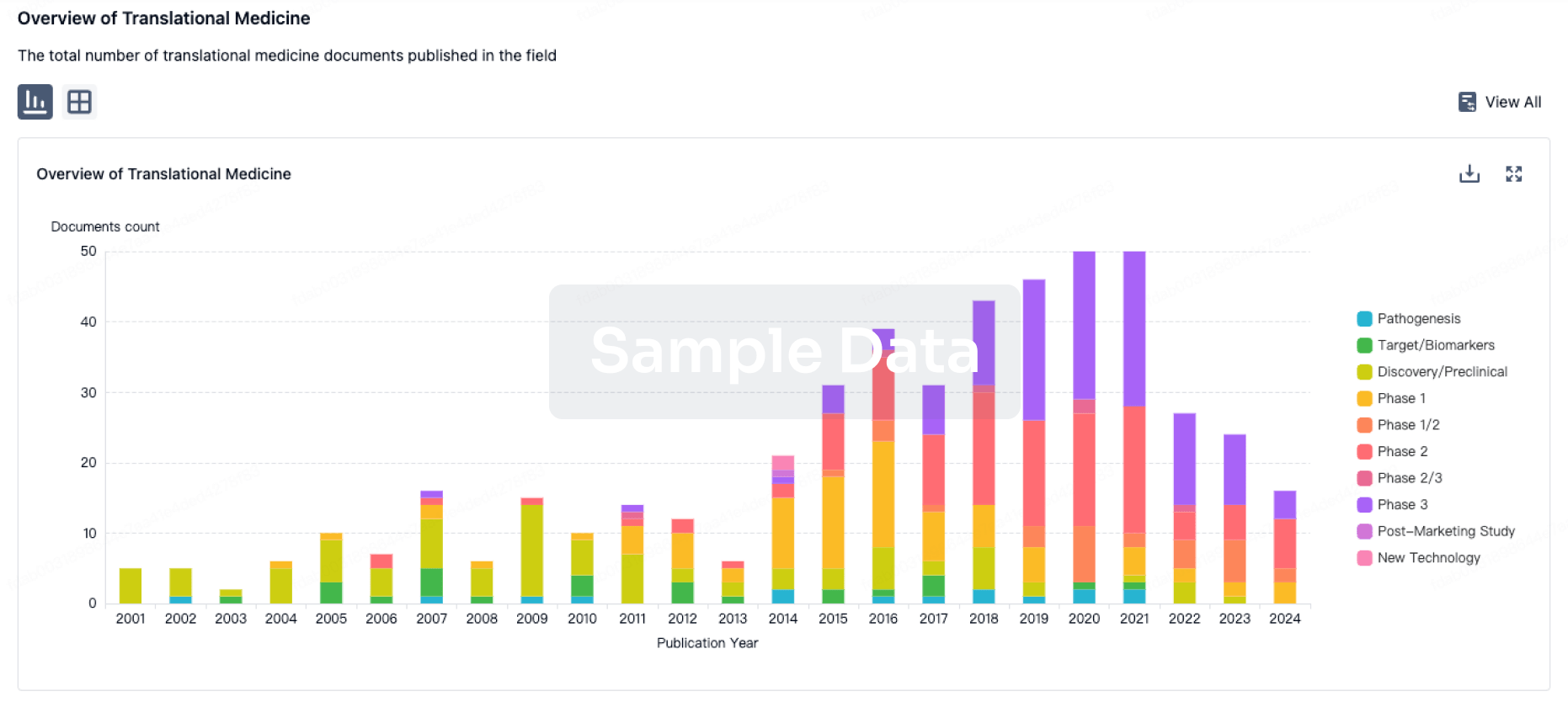
Profit
Explore the financial positions of over 360K organizations with Synapse.
login
or
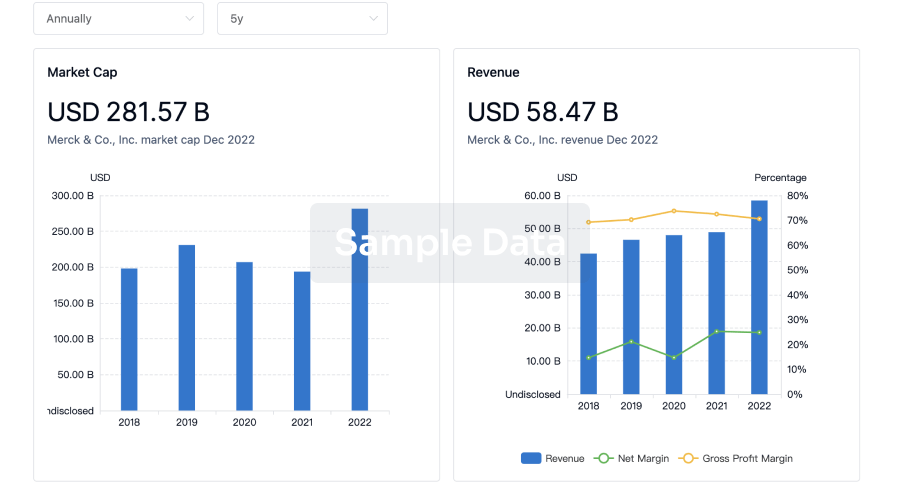
Grant & Funding(NIH)
Access more than 2 million grant and funding information to elevate your research journey.
login
or
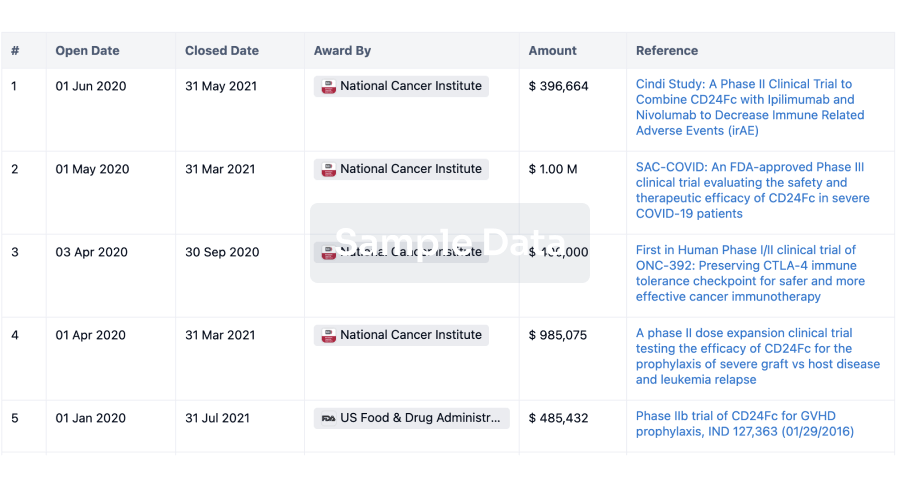
Investment
Gain insights on the latest company investments from start-ups to established corporations.
login
or
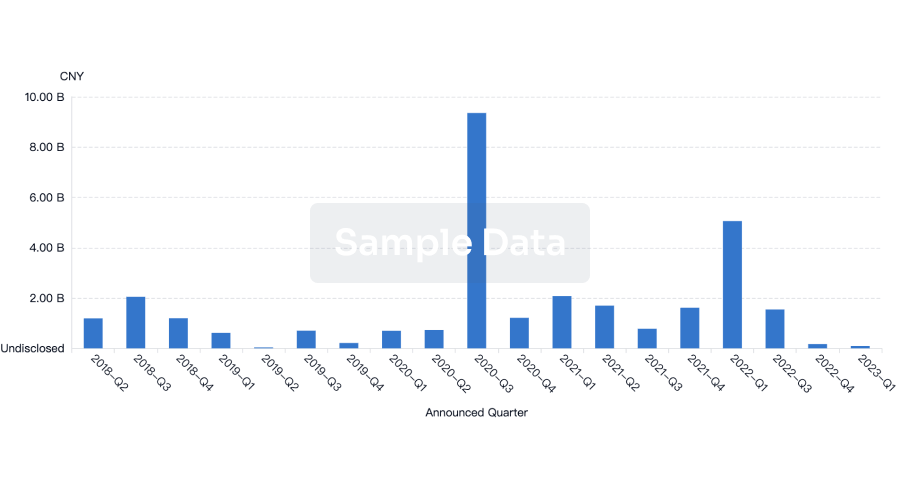
Financing
Unearth financing trends to validate and advance investment opportunities.
login
or

AI Agents Built for Biopharma Breakthroughs
Accelerate discovery. Empower decisions. Transform outcomes.
Get started for free today!
Accelerate Strategic R&D decision making with Synapse, PatSnap’s AI-powered Connected Innovation Intelligence Platform Built for Life Sciences Professionals.
Start your data trial now!
Synapse data is also accessible to external entities via APIs or data packages. Empower better decisions with the latest in pharmaceutical intelligence.
Bio
Bio Sequences Search & Analysis
Sign up for free
Chemical
Chemical Structures Search & Analysis
Sign up for free